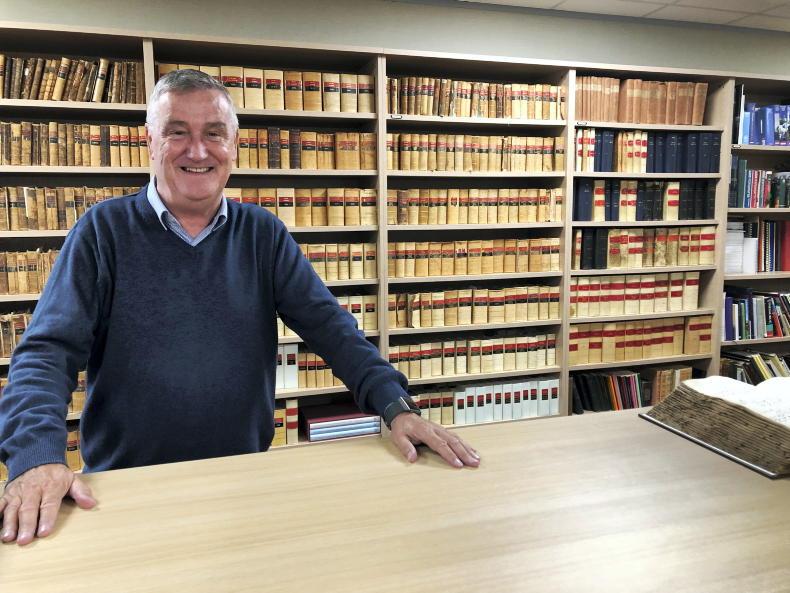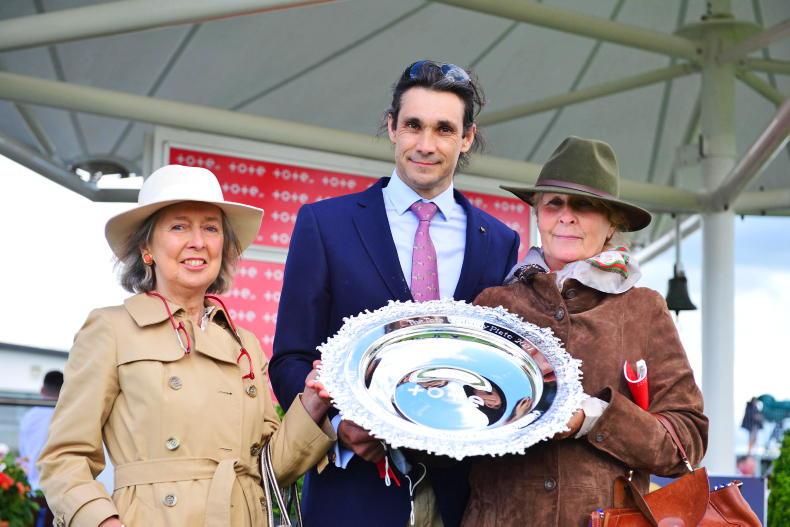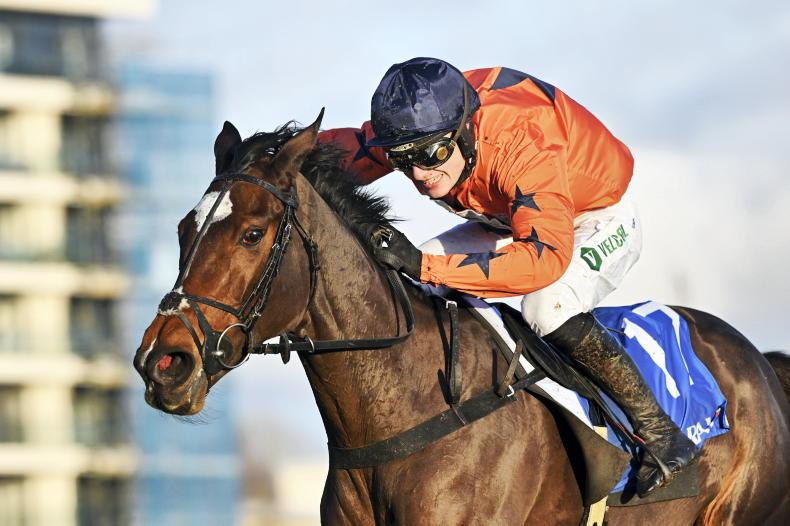THE butterflies are starting to become active already, and as I pen this there is more than 24 hours to go before this year’s Randox Grand National. Not only that, but I have no direct involvement in the race.
That said, my nephew partners one of the quietly fancied runners, while my host for the day at Aintree has an outsider running that I will have a few pound each-way on. Either of them winning would make the day extra special, though I expect it to be so in any case. I do count my blessings that my role allows me to attend such a big sporting occasion.


 This is a subscriber-only article
This is a subscriber-only article
 It looks like you're browsing in private mode
It looks like you're browsing in private mode









SHARING OPTIONS: